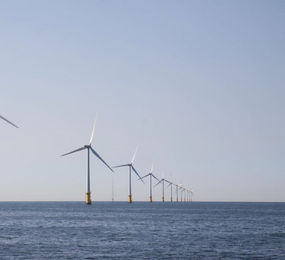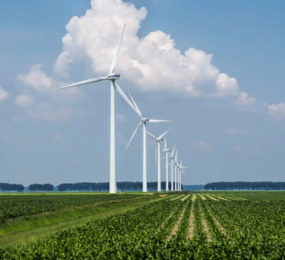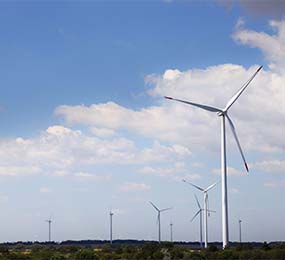Wind energy is a cornerstone of sustainable energy solutions, but the reliability of wind turbines is crucial for maximizing its potential. Traditional maintenance practices often rely on reactive strategies, leading to unexpected downtime and increased costs. By harnessing the power of data analytics, wind farm operators can revolutionize maintenance, predicting potential failures and preventing them before they occur.
The Power of Data-Driven Insights
Wind turbines generate vast amounts of data, including sensor readings, performance metrics, and environmental conditions. By analyzing this data, operators can gain valuable insights into turbine health and identify potential issues early on. Advanced analytics techniques, such as machine learning and artificial intelligence, can be employed to:
- Predict equipment failures: Identify patterns and anomalies in data that indicate potential equipment failures, allowing for proactive maintenance and minimizing downtime.
- Optimize maintenance schedules: Determine the optimal frequency and scope of maintenance tasks based on data-driven insights, reducing costs and maximizing efficiency.
- Improve decision-making: Data analytics can provide valuable information for making informed decisions regarding resource allocation, spare parts inventory, and investment in new technologies.
Key Strategies for Implementing Data Analytics:
- Data collection and storage: Implement robust systems for collecting and storing relevant data from turbines, sensors, and other sources.
- Data cleaning and preparation: Ensure data quality and consistency by cleaning and preparing data for analysis.
- Advanced analytics: Utilize machine learning algorithms and data visualization tools to extract meaningful insights from data.
- Integration with existing systems: Integrate data analytics tools with existing wind farm management systems for seamless workflow and decision-making.
Benefits of Data-Driven Maintenance
By leveraging data analytics, wind farm operators can:
- Reduce downtime: Proactive maintenance can prevent equipment failures, minimizing disruptions and maximizing energy production.
- Optimize maintenance costs: Data-driven insights can help identify optimal maintenance schedules and resource allocation, reducing costs and improving efficiency.
- Improve asset management: A data-driven approach enables better tracking and management of wind turbine assets, increasing their lifespan and return on investment.
- Enhance sustainability: By reducing downtime and optimizing operations, data-driven maintenance contributes to a more sustainable and efficient wind energy industry.
As data analytics capabilities continue to advance, their role in wind farm maintenance will become even more critical. By embracing data-driven strategies, wind farm operators can position themselves for long-term success, ensuring the reliability and efficiency of their operations while contributing to a cleaner and more sustainable energy future.
To register or learn more about the Forum please check here: https://bit.ly/3K0rUIz
For more information and group participation, contact us: [email protected]
















